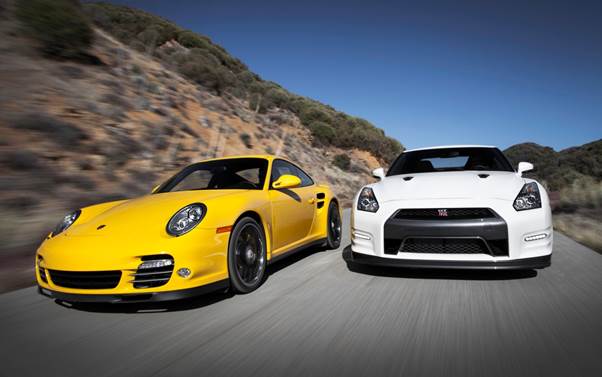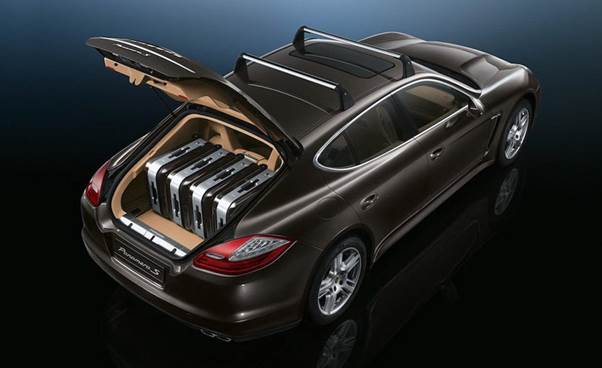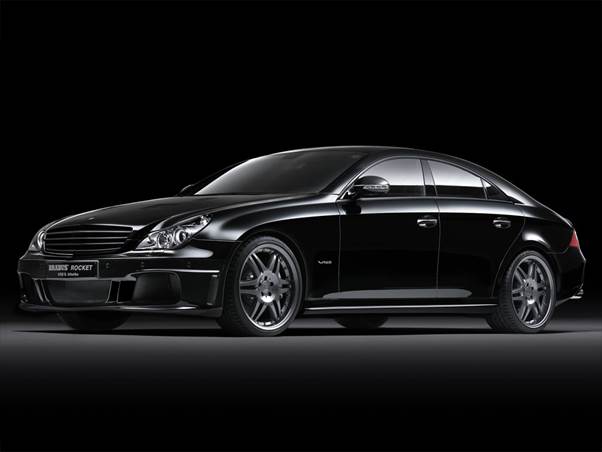Ever since Carl Benz strapped a
three-quarter-horsepower four-stroke to his Big Wheel, man has been fascinated
by the top speed of an automobile: How fast does it go? And more important, can
I make it go faster?
Nardo >
Test facility in the heel of
Italy; features a 7.8-mile banked ring that simulates driving in a straight
line at 149 mph. Built by fiat in 1975, now owned by Porsche.
The company was wrong, but that doesn’t mean the task was
easy.
There’s also competition from the manufacturers themselves.
There are more factory performance cars these days, and every carmaker is now
geared up to take them further, giving owners another reason to not shop
elsewhere. Want to make your 911 Turbo faster? Tick the Turbo S trim level.
Want to make it cosmetically revolting? Try the Exclusive program. Hand over
enough money to Ferrari, and it’ll redesign the entire car; witness Eric
Clapton’s 458-based, but 512 BB-aping, SP12 EC.

Incredibly,
mind-bendingly, tire-destroyingly, reason-defyingly fast. How fast, you ask? Well,
the previous iteration of 2010 Porsche Turbo with PDK ranks as the third
(fastest accelerating production cars we've ever tested, and Motor Trend has
been testing cars since 1949).
Then there’s the government. All tuning parts sold in Germany
are required to meet strict TUV (essentially a cross between our DOT and the
Underwriters Laboratories) quality and safety standards. No problem for a major
manufacturer like Porsche, but an expensive, time-consuming process for the
aftermarket. Get stopped driving in Germany, and you face prosecution if you
can’t prove that your fancy stainless exhaust is TUV-approved. Is it a stretch
to imagine a time when such legislation spreads to other first-world countries?
Is it inconceivable that third-party modifications may soon be limited to the
meekest of cosmetic upgrades? Let’s hope that’s not the case. The car game
needs that bit of craziness. If the ingenuity of the tuners at Nardo is any
measure, there’ll always be a group of renegades ready to supply it, whether
the motive force comes from gas, electricity, or kryptonite.

All tuning parts
sold in Germany are required to meet strict TUV (essentially a cross between
our DOT and the Underwriters Laboratories) quality and safety standards.
Back on track, the air hangs heavy with the percussive
sounds of contracting metal and the aroma of rubber as the last traces of
sunlight fade behind the banking. The air is cooler now, more densely packed
with power-making oxygen, and playing into the hands of the final car to run.
9fF is only here because Brabus had to withdraw late in the event’s planning
stages, but having driven the entire distance from Germany, Fatthauer winds up
his 997 and puts 10 mph between himself and the next car, the expired GAD CLS.
When he tears around the banking in front of me, he’s going so quickly that I
can’t pan my camera fast enough to keep up.

Brabus is a high-end
tuner from Germany that specializes in Mercedes-Benz and Mercedes-AMG vehicles
turning them into supercars. They have been doing it since 1977 and have
satisfied customers in over 106 countries with their special high-performance
tuning.
Still, he’s disappointed that he didn’t crack 400 km/h (249
mph). What turned out to be nothing more than a rattling piece of heat-shield
trim sounded terrifying enough at 229 mph to make him back out of his fastest
run. But, trophy in hand, he packs up his gear, jumps back in the 911, and
starts the 1000-mile trip home. Trailer? What trailer?
Eighty miles per hour will never again feel so slow.